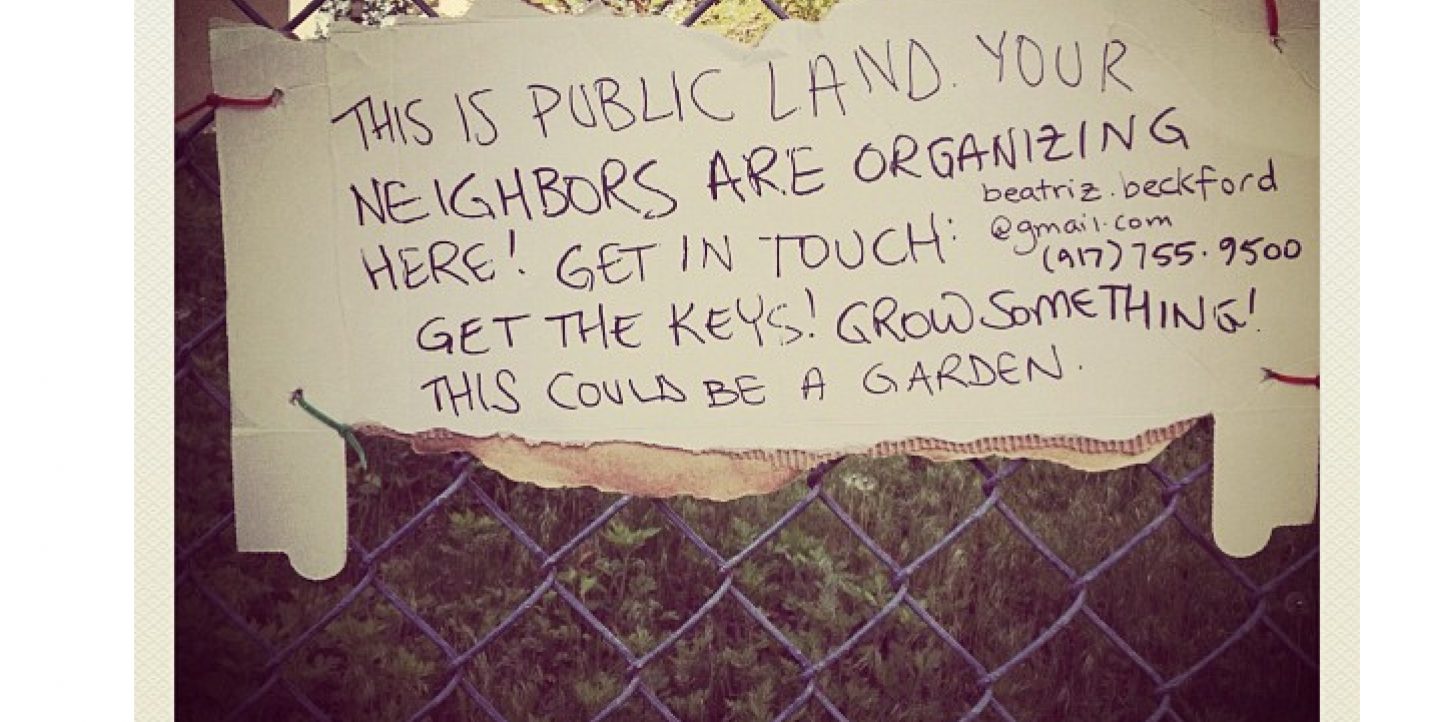Armed with cell phones, locals in some New York City neighborhoods are documenting the changes as they head to work, talk with their neighbors and play with their kids.
The photo-a-day project, started by the Brooklyn Movement Center, a New York City-based community organizing group, aims to capture those quotidian changes and start conversations about city life as the photos are shared with social media.
The organization, which opened in March, asks participants to submit photographs that tell a story about their Brooklyn neighborhoods. Volunteers also conduct video interviews with residents. The project started in the Bedford-Stuyvesant neighborhood in June and moved to Crown Heights in July. Marly Pierre-Louis, communications organizer for the organization and urban planning graduate student at Hunter College, talked to IJNet about using citizen journalists to delve deeper into local communities:
IJNet: What inspired this citizen journalism project?
MPL: The idea behind the photo-a-day project was to develop a platform where we have people take photos of their neighborhoods. We wanted to recognize that, while journalism is a profession that can benefit from training and education, everyday people can be journalists of their own communities. That something just as small as taking a picture can be important to what is going on in your area. We have different themes for the photos to get different aspects of the community -- gentrification, pride, rhythm, language, streets, peace, tension, old-timers, politics and the Caribbean, since Bed-Stuy has such a large Caribbean population.
For Bed-Stuy we had almost 100 photo entries, and for Crown Heights we have a couple submissions a day. And the interviews give us a way to profile people in the neighborhood who would not have been profiled from mainstream media outlets, like people in block associations, or residents who have started community gardens. You don’t have to be a trained person to have a voice that matters in the neighborhood.
IJNet: Aside from standard Facebook and Twitter posts, how are you encouraging public participation and attention?
MPL: We post the pictures we’re collecting on a Tumblr account, and post our video interviews on our website. We’ve been using social media is to send out information, but also to hold discussions and engage people. We do something on Facebook called “The Instigator”—we ask people what their thoughts are about controversial issues, and we post different videos and articles out there that talk about it. We’re also doing Twitter chats. We use social media to get people talking.
IJNet: What do you think this project accomplishes that traditional journalism can’t?
MPL: Traditional journalism is sort of passive. People receive information and do with it what they will. This kind of journalism allows people to be involved, and it’s a more proactive way of engaging with what’s happening. Things are already so digested and analyzed and this gives people an opportunity to have their own perspective before getting the analyzed version from other outlets. It would be nice to think that news is always fair, but the truth is, outlets tend to have a slant, so people are not always getting the facts or an idea of how it relates to them.
Photo by @moplx, from Photo-a-Day: "The intersection of everywhere and nowhere"

